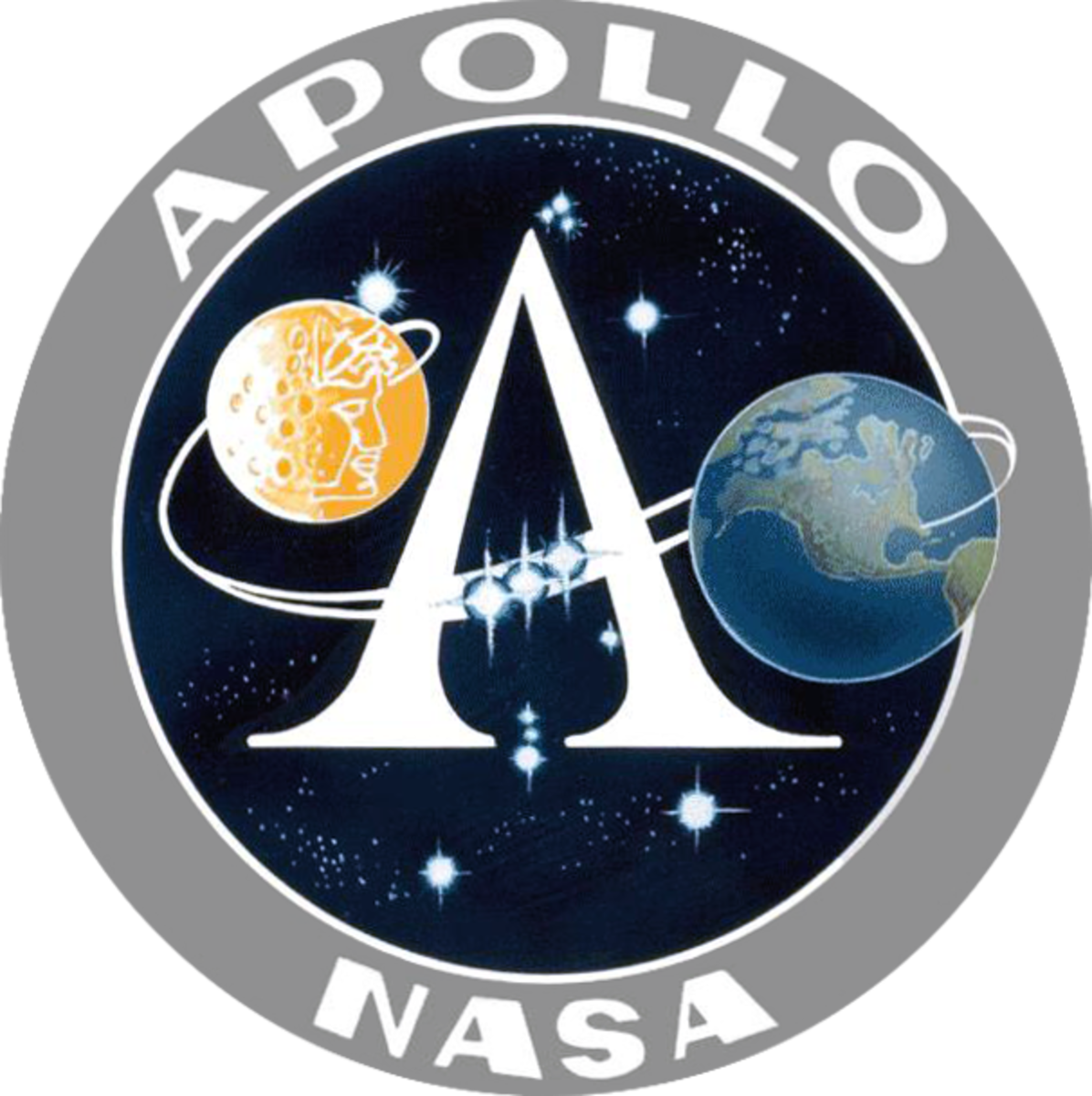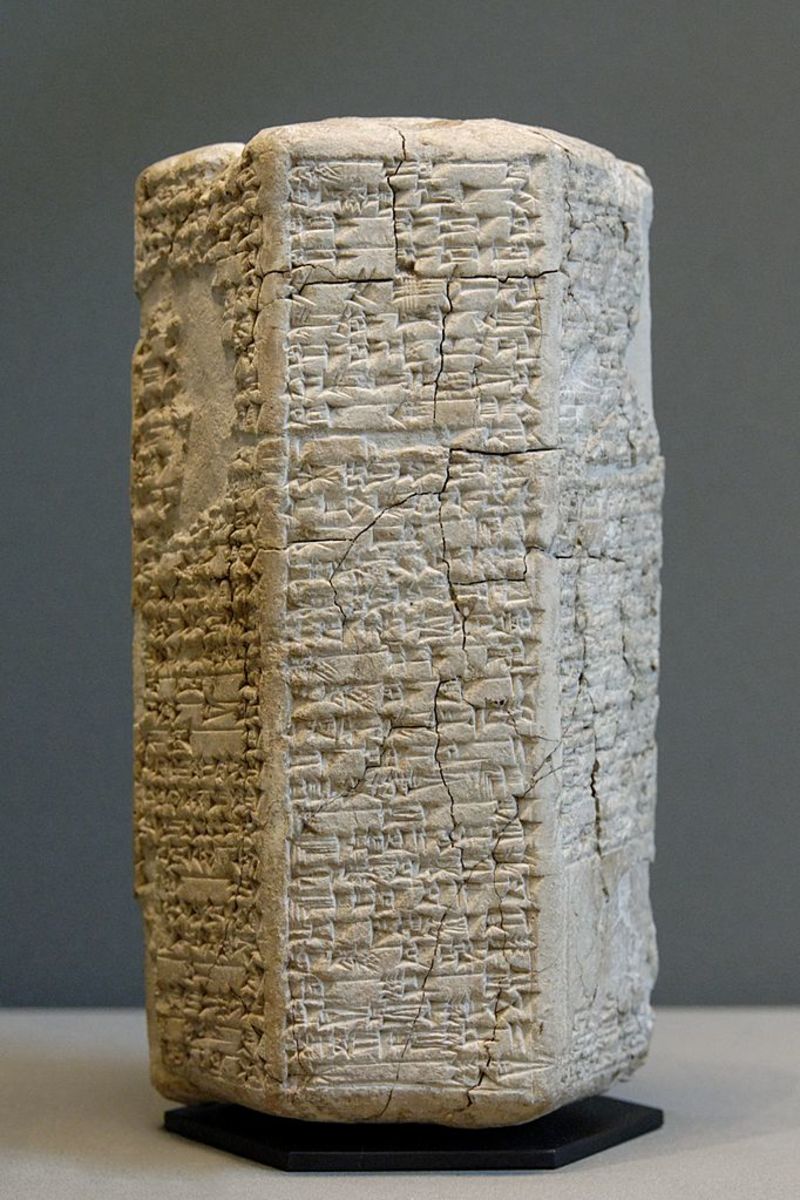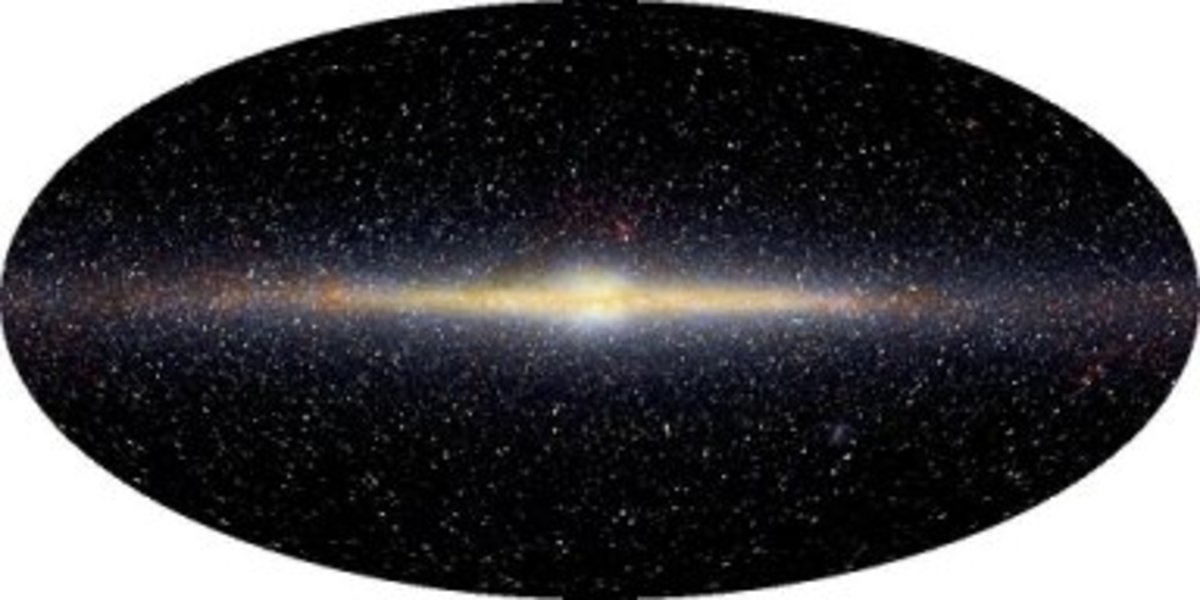Another "Giant Leap" for Mankind: European Space Agency Achieves First Ever Comet Landing
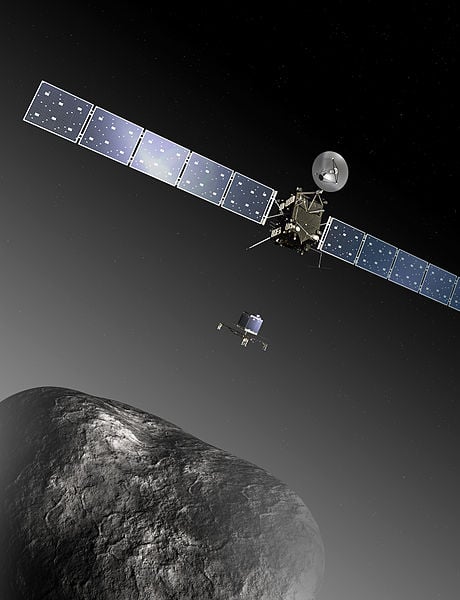
On November 12, scientists around the world erupted into ecstatic applause, rejoicing and celebration after the European Space Agency's (ESA) 'Rosetta Mission' accomplished the first ever comet landing in human history.
The ESA launched the Rosetta spacecraft on March 2 2004 with the goal of reaching the comet 67P/Churyumov–Gerasimenko, also known as simply '67P'.
After travelling over a decade and more than 6.4 billion kilometers, the robotic space probe finally arrived at its destination on August 6 2014. It spent the next six weeks in the comet's orbit capturing images and data at distances of 10–100 km from the comet.
Following the detection of 67P's mysterious song earlier this week, the Rosetta launched a robotic lander drone known as 'Philae' to the comet's surface on Wednesday, November 12. The chosen landing site, named Agilkia, is located on the head of the bizarre double-lobed object.
“This is a big step for human civilization,” said European Space Agency director general, Jean-Jacques Dordain. "“Our ambitious Rosetta mission has secured another place in the history books.”
Due to very low gravity on 67P, the Philae was installed with a harpoon anchoring system that would allow to reel itself in and ice screws on each foot that the drone will use to secure itself to the planet's surface.
However after a seven hour descent from the Rosetta to 67P, the Philae's harpoons failed to launch. Initially scientists reported that as a result the lander hit the comet's surface, bounced of it and then landed on it again ("Maybe, today, we didn't just land once, we landed twice!" stated Rosetta project manager, Dr. Stephan Ulamec).
Later it was confirmed that the Philae actually bounced twice and therefore landed three times, though its exact landing location is unknown. Photos sent from the surface to the ESA reveal that the Philae is stuck in the shadows and its limited access to sunlight does not appear to be enough to charge its batteries and keep it operating for the intended duration of the mission.
On Saturday 15 2014 ESA reported that despite employing a number of tactics to move the drone into a place with more sunlight, its battery did indeed fully drain and the Philae has now gone into hibernation on 67P.
Despite this hiccough the landing is still a historical moment in space exploration and cometography.
Scientists Celebrate the Successful Comet Landing
Rosetta's Significance in History
Though space agencies have launched probes to comets in previous years, the Rosetta Mission marks the first time ever a spacecraft has orbited a comet and successfully landed a vessel to its surface, therefore earning it a place in the history books and even recognition as one of the most important space missions since the moon landing.
Rosetta has achieved other major milestones including being the first mission to have a spacecraft:
- fly alongside a comet as it heads towards the inner solar system;
- examine from close range how the warmth of the Sun transforms a frozen comet; and
- travel beyond the main asteroid belt while relying solely on solar cells as its main source of power generation, rather than the typical radio-isotope thermal generator.
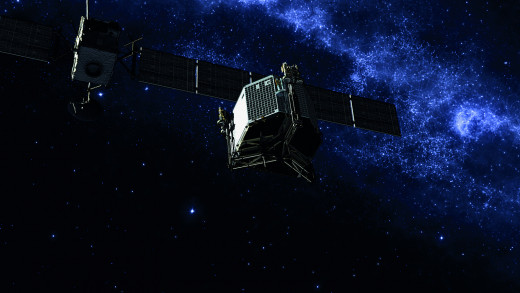
Instruments on the Orbitor
- ALICE (Ultraviolet Imaging Spectrometer) will analyse gases in the comet's coma and tail, the composition of the nucleus & production rate of water & carbon monoxide/dioxide.
- CONSERT (Comet Nucleus Sounding Experiment by Radiowave Transmission) will probe 69P's interior by studying radio waves reflected & scattered by the nucleus.
- COSIMA (Cometary Secondary Ion Mass Analyser) will examine the composition of dust grains & determine whether they're organic or inorganic.
- GIADA (Grain Impact Analyser and Dust Accumulator) will measure dust grains from the nucleus & reflected by solar radiation.
- MIDAS (Micro-Imaging Dust Analysis System) will study dust environment around the comet.
- MIRO (Microwave Instrument for the Rosetta Orbiter) will determine the subsurface temperature, abundances of major gases & the rate of surface outgassing.
- OSIRIS (Optical, Spectrocopic and Infrared Remote Imaging System) utilizes wide-angle & narrow angle cameras to obtain high-resolution images of the comet’s nucleus.
- ROSINA (Rosetta Orbiter Spectrometer for Ion and Neutral Analysis) utilize two sensors to examine electrified gas particles & the composition of the comet's atmosphere & ionosphere.
- RPC (Rosetta Plasma Consortium) a collection of five sensors that monitor & examine physical properties of the nucleus, the inner coma, cometary activity & the comet's interaction with solar wind.
- RSI (Radio Science Investigation) will measure the comet's mass & gravity through the frequency shifts in the spacecraft's radio signals.
- VIRTIS (Visible and Infrared Thermal Imaging Spectrometer) will study solids, temperature, gases & physical conditions on the surface to identify the best landing sites.
Rosetta Spacecraft / Orbiter
The Rosetta Mission was first approved by the European Space Agency in November 1993.
The project brought together scientists and engineers from all over Europe and the United States, combining their talents to build an orbiter and lander capable of unraveling the mysteries concealed in the icy composition of a comet.
In Europe alone, around 1,000 people worked on developing Rosetta.
The total cost of developing and constructing the spacecraft, its instruments, the lander and the expense of its launch and operations has approached $1.4 billion Euros. Despite the expensive price tag, it still falls under the total cost of a single modern military submarine.
The spacecraft appears as a large black box, with a steerable 2.2 meter diameter radar dish and enormous solar wings, with rotatable panels so as to capture the maximum level of sunlight.
The Rosetta's original target was Comet 46P/Wirtanen and was scheduled to be launched on January 2003, but was postponed after a failed launch of an Ariane rocket.
In May 2003 the new target of 67P was announced and the spacecraft was ultimately launched in March 2004 atop an Ariane 5 G+ rocket.
As no rocket is powerful enough to transport such a large vessel direct to 67P, the Rosetta was forced to follow a route that saw it bounce around our inner solar system like a "cosmic billiard ball", circling the sun nearly four times and flying by Earth in 2005, 2007 and 2009, using the gravity of the Earth and Mars as a sort of 'gravitational slingshot' to help the spacecraft reach its destination.
The probe was put into hibernation on June 8 2011 to limit energy consumption and minimize operating costs, while spinning once per minute to receive as much solar energy from the Sun as possible. Other than the radio receivers, command decoders and power supply, all other electrical systems were switched off until Rosetta was awoken 31 months later, on January 20 2014.
On its journey Rosetta passed within close vicinity of two asteroids, taking extensive close-up images of 2867 Steins on 5 September 2008 and 21 Lutetia on 10 July 2010.
The Rosetta's mission is scheduled to end its mission in December 2015, following the comet reaching its closest point to the Sun in August 2015 (known to to scientists as 'the perihelion'). However this mission duration may be extended by 6 months depending on the remaining level of fuel and existing funding levels.
Instruments aboard the Rosetta orbiter include various cameras, spectrometers, sensors, and other equipment that work at different wavelengths – infrared, ultraviolet, microwave, and radio.
Among other things, the Philae will deliver high-resolution images and data to scientists on the comet's shape, density, temperature, and chemical composition.
The lander's instruments will also analyse gases and dust grains in the comet's coma - a sort of cloud or atmosphere that's formed out of dust and ice as the comet passes close to the sun.
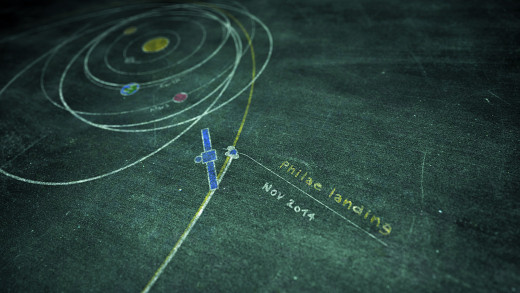

Instruments on the Lander
- ÇIVA is six identical micro-cameras that capture panoramic images of the surface while a spectrometer studies the composition, texture and reflectivity of samples.
- CONSERT (Comet Nucleus Sounding Experiment by Radiowave Transmission) will probe the internal structure of the nucleus by returning radio waves to the orbitor's CONSERT system.
- COSAC (Cometary Sampling and Composition experiment) an evolved gas analysers, that detects and identifies complex organic molecules.
- PTOLEMY is the second evolved gas analyser that will measure isotopic ratios of light elements.
- MUPUS uses sensors to measure density, thermal and mechanical properties of the surface.
- ROLIS (Rosetta Lander Imaging System) a CCD camera that captures high-resolution and stereo panoramic images.
- ROMAP (Rosetta Lander Magnetometer and Plasma Monitor) studies the local magnetic fields and the interaction between the comet and solar winds.
- SD2 (Sample and Distribution Device) was designed to drill over 20cm into the surface and deliver collected samples to microscopic inspection or to one of Philae's 26 ovens, so that various frozen gases can be released and analyzed.
- SESAME (Surface Electrical Sounding and Acoustic Monitoring Experiments) will investigate the cometary surface through acoustic sounding methods; measure dust particles falling back to the surface; and water ice content on the comet's surface.
The Lander
Philae is a 100kg lander and was provided by a European consortium led by the German Aerospace Research Institute (DLR), with other members including the ESA and institutes from Austria, Finland, France, Hungary, Ireland, Italy and the UK.
The cost of the lander alone was approximately 220 million Euros.
Upon arriving on the comet's surface, the 10 instruments on board the lander were designed to undertake an on-the-spot analysis of the composition and structure of the comet’s surface and subsurface material.
Philae's objectives include measuring the strength, density, texture, porosity, ice phases and thermal properties of 67P, as well as monitoring how the Sun changes the comet's icy composition during its day-night-cycle.
However the Philae's mission objectives were disrupted after its harpoon anchoring system failed to launch and the lander bounced off the surface twice, finally landing at an unknown location on 67P, believed to be around one kilometer away from its intended target site.
Initial images received by the ESA show that it did not land flat on the comet's surface but was instead resting on its side, with one leg up in the air and lodged against a cliff face or rim of a crater that was blocking sunlight to its solar panels, limiting its functionality.
At this location the drone had access to only 90 minutes of sunlight every 12 hours, which is not enough to recharge power levels and keep it operating once the lander's primary 60-hour battery runs out of juice.
On Saturday, November 15 ESA's ground controllers instructed the drone to turn its body around in the hope of capturing more sunlight.
Other options considered were the use of its drill, harpoon system, cold gas thruster, or the hammer devices on the MUPUS system (a series of sensors located on Philae legs, anchor and exterior) to push or hop into a sunnier spot. Scientists also discussed activating the flywheel system (which kept the drone upright during its descent) to cartwheel the Philae out of its landing location, though this would have resulted in the last of its power being used up.
Unfortunately scientists efforts' to locate the Philae and move it into a sunnier location were ultimately in vain as the battery did indeed end up draining on Saturday, November 15.
"Prior to falling silent, the lander was able to transmit all science data gathered during the First Science Sequence," says Philae lander manager, Stephan Ulamec.
"This machine performed magnificently under tough conditions, and we can be fully proud of the incredible scientific success Philae has delivered."
Prior to Philae falling asleep, Ulamec told BBC that the drill had been activated in a sort of last ditch attempt to get as much data as possible in case the lander is not rescued in time. The drill has been extended 25cm to start drilling for samples, though its possible that the batteries will die before the Philae is able to transmit the data back to Earth.
Until adequate sunlight falls on the Philae's solar panels and its batteries recharge, no contact with the lander will be possible from here on in. However there's a still a chance that it will receive enough solar energy to be resurrected in the near future, especially now that ESA's ground control have turned its body and given solar panels greater access to sunlight.
The Egyptian Influence
Originally the landing zone was known as 'Site J', but a competition run from 16–22 October 2014 to provide an official name led to the site being re-titled 'Agilkia', named after an island on the Nile River in the south of Egypt. Of the 8,000 entries from 135 countries, around 150 participants proposed 'Agilkia', making it one of the most popular entries.
The Egyptian theme also applied to other areas of the space expedition. The mission and spacecraft is named after the Rosetta stone, a chunk of volcanic basalt found in Egypt in 1799 that advanced our understanding of human history by deciphering hieroglyphics and allowing historians to piece together important historical information on the history of a lost culture.
The 'Philae' lander is named after an island in Upper Egypt, where an obelisk was located in 1815 that provided further clues in deciphering hieroglyphs.
Just as these tools assisted historians in revealing the culture and mysteries of an ancient civilization, ESA's Rosetta mission aims to similarly expand our knowledge and understanding of our history, specifically the evolution of the Solar System, the origins of Earth and the genesis of life on the planet. This may be achieved through studying the oldest building blocks of our solar system.
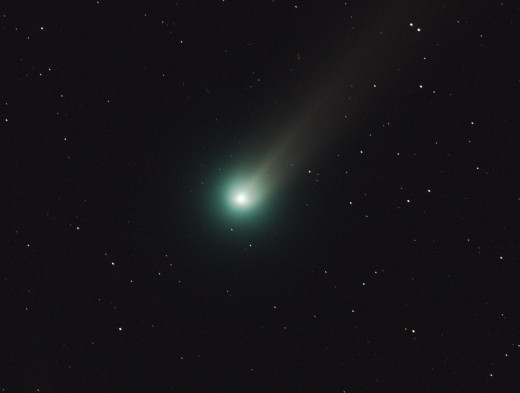
Why is Researching Comets Important?
Comets are thought to be the the oldest, most primitive bodies in the Solar System.
Unlike planets that have undergone chemical transformations, comets have remained unchanged and so they've preserved the earliest record of nebula material which formed our planets and Sun around 4.5 billion years ago.
Comets are known to carry complex organic molecules, rich in carbon, hydrogen, oxygen and nitrogen. These elements make up nucleic acids and amino acids - the essential ingredients for all life as we know it.
Therefore by studying 67P and other comets we can hope to shed light on whether life on Earth was aided by comets slamming into the Earth's surface.
Comets also consists of volatile light elements carried by comets that may have played a part in creating our oceans.
About 67P
67P/Churyumov–Gerasimenko was named after Ukrainian and Tajikistani astronomers, Klim Ivanovych Churyumov and Svetlana Ivanovna Gerasimenko who discovered the comet in 1967 in Kiev, Ukraine.
67P is believed to be more than 4.6 billion years old with a mass of 10 billion tonnes and has been nicknamed the 'rubber duck' due to its distinctive shape.
It's relatively small at approximately 4 kilometers in diameter, moving at a maximum speed of 135,000 kilometres per hour.
It completes one orbit of the Sun every 6.45 years.
While little is known about the comet's surface property so far, the first images collected since the Rosetta arrived in the comet's orbit revealed the surface to be a world littered with boulders, towering cliffs and daunting precipices and pits, with jets of gas and dust streaming from the surface.
Scientists have described the comet as being very dark, as black as coal, with a very low reflectivity as if it was intended to absorb all light.
Since early August, Rosetta's ROSINA sensors have detected a range of gases on 67P including water vapor, carbon dioxide, carbon monoxide, methane, methanol and hydrogen sulfide among others.
From the gases so far detected, Kathrin Altwegg, principal investigator for ROSINA, described the comet's smell as probably being "strong, with the odour of rotten eggs (hydrogen sulphide), horse stable (ammonia), and the pungent, suffocating odour of formaldehyde.
"This is mixed with the faint, bitter, almond-like aroma of hydrogen cyanide. Add some whiff of alcohol (methanol) to this mixture, paired with the vinegar-like aroma of sulphur dioxide and a hint of the sweet aromatic scent of carbon disulphide, and you arrive at the ‘perfume’ of our comet.”
67P is believed to have fallen from a region of space known as the Kuiper Belt, which exists beyond Neptune and is defined by a large reservoir of small icy bodies. Pluto, which was initially classified a planet after its discovery in 1930 but then reclassified in 2006 as a 'dwarf planet', is the largest body within the belt.
With the Philae asleep for now, all the ESA can do is continue experiments with the Rosetta orbitor and begin analysis of the data sent by the lander, with the hope that Philae will awaken sometime soon - an eventuality that's made more likely as 67P continues its approach towards the Sun, potentially granting the space probe all the solar energy it needs to reboot.
Spacecraft from Another World?
Any study on the comet's surface is likely to provide a wealth of critical data to scientists, though not everybody is convinced on ESA's stated intentions about investigating the evolution of the Solar System.
A growing number of ufologists and conspiracy theorists claim that 67P is some sort of alien vessel and that the strange radio signals or 'song' recorded by the Rosetta earlier this week was a warning to stay away. Some have even claimed to have spotted structures on the 67P's surface.
An anonymous ESA 'whistle blower' who first brought forward these allegations on UFO Sightings Daily claimed that it was ludicrous to believe that a space agency would suddenly decide to spend billions of dollars to build and send a spacecraft on a 12-year journey to simply take some close-up images of a randomly-picked-out comet floating in space". He went on to explain that NASA had been picking up radio signals from the comet for 20 years and that ESA's Rosetta mission was just a rouse to make first contact with what ever species inhabits 67P
It's a fun theory, though like most conspiracy theories lacks credible proof and displays little awareness on the ESA's stated objectives, which go far beyond simply taking "close-up images" of a random comet, hence the dozens of scanning and collection tools aboard the orbiter and the lander. The author also fails to address the fact that 67P was only announced as the landing site after the ESA failed to launch the rocket in time to reach their initial target, Comet 46P/Wirtanen in January 2003 (therefore if 67P had always been the initial target, why mention 46P at all?)
Unsurprisingly these allegations have largely been ignored by those outside of conspiracy theory and ufology circles.

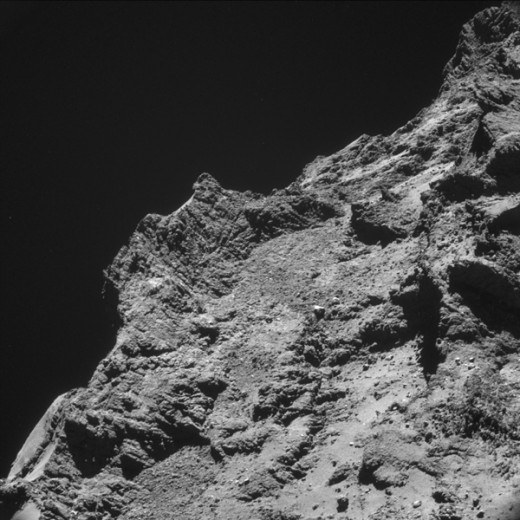
Bibliography
- Aron, J. 'Race to get comet data before Philae dies', New Scientist, November 13 2014.
- Clark, S. 'Philae lander makes historic touchdown on comet', The Guardian, November 13, 2014.
- Ellis, R. 'Space probe scores a 310-million-mile bull's-eye with comet landing', CNN, November 12, 2014.
- 'Rosetta's Frequently Asked Questions', ESA (Accessed November 2014)
- 'Rosetta's Singing Comet', NASA, November 11 2014.
- 'Rosetta's Target: Comment 67P/Churyumov-Gerasimenko', (Accessed in November in 2014)
- 'Rosetta: Waiting game after comet lander glitch', BBC, November 13 2014.
- Schwartz, D. 'Rosetta mission to comet 67P 'revolutionary,' landing a first', CBC News, November 13, 2014.
- 'The Perfume of 67P/C-G', ESA Blog, 23/10/2014
- 'Touchdown! Rosetta's Philae Probe Lands on Comet', ESA, November 12 2014.



